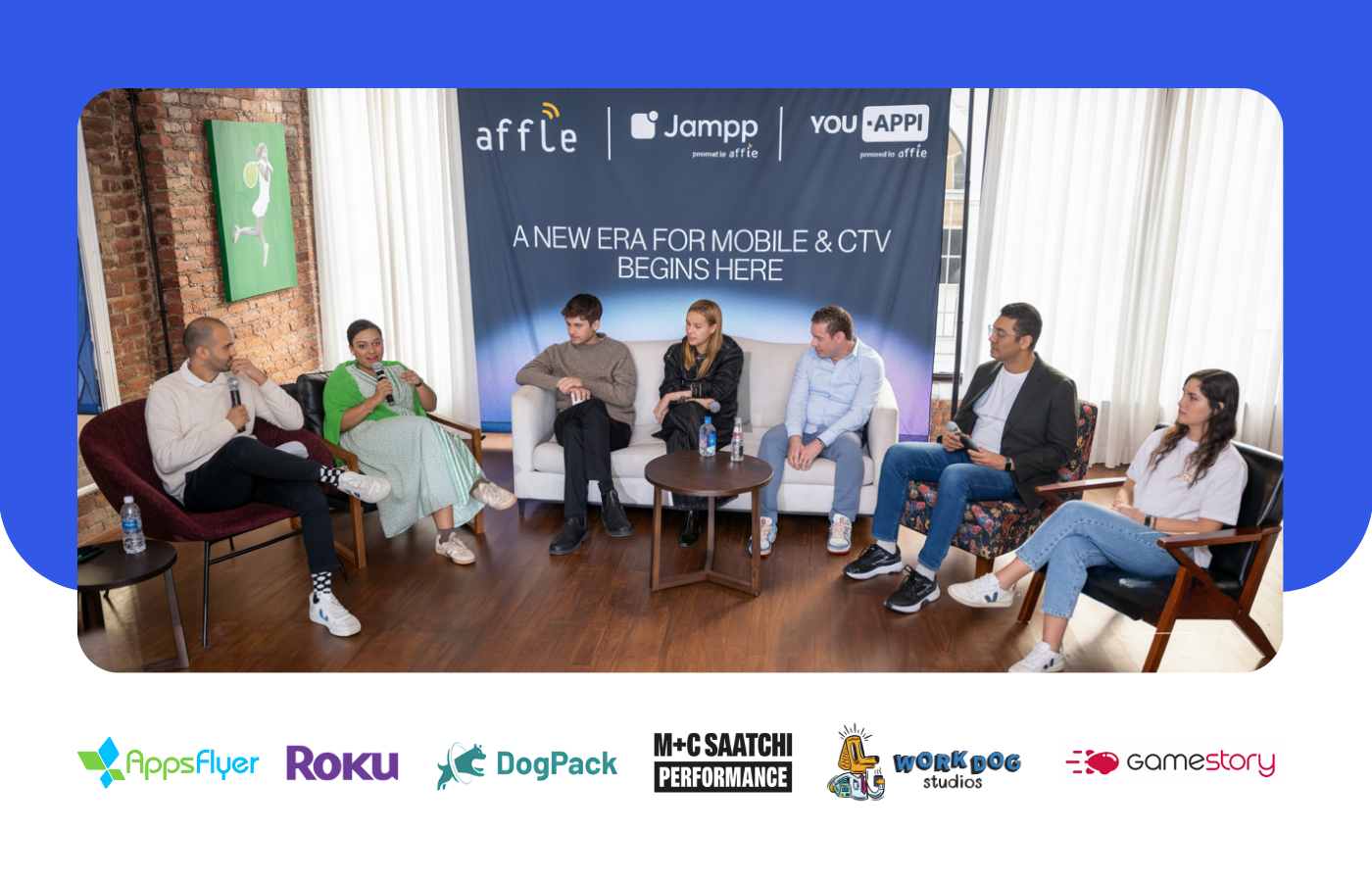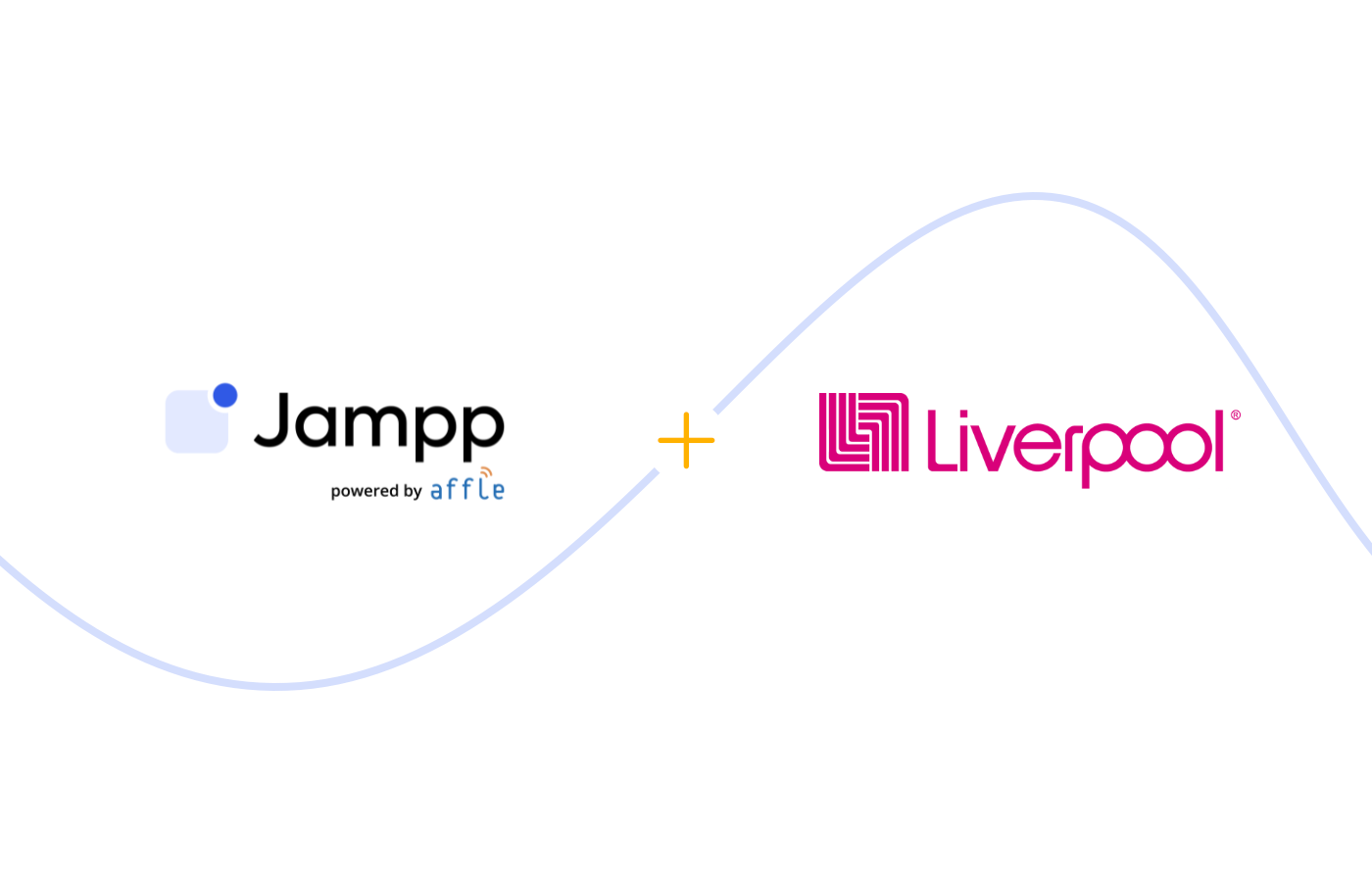Kill Segmentation, Boost Incrementality 📈
Segmentation, known as the practice of grouping users according to their in-app behavior, is dead… or it should be.
October 17, 2018

Segmentation, known as the practice of grouping users according to their in-app behavior, is dead… or it should be.
Segments are NOT the enlightened path to incrementality. The mobile marketing industry seems to be stuck, stubbornly trying to make this work. Mobile marketing metrics have evolved, more and more advertisers understand the need to look at incrementality, but for some reason, nobody seems to be talking about how outdated the retargeting methodology has become.

We are using retargeting like it’s 1998. Can you imagine today’s Amazon having only a handful of homepages that are shown to different groups of people instead of a highly customized page that is shown to each individual user? Can you imagine Spotify’s recommendations only serving 20 types of listeners? No, of course you can’t. The proliferation of big data and machine learning has made algorithmic recommendations ubiquitous in most web Internet enabled consumer experiences.
- Netflix has over 5,000 movies and shows.
- Spotify has over 30 million songs
- Amazon sells over 3 billion products 👀
And that’s just 3 apps. Faced with an overwhelming amount of options, consumers have become happily accustomed to being intelligently guided through their digital experiences.
All these companies are building state of the art recommender systems. Meanwhile in marketing…. many advertisers are still relying on outdated targeting techniques that don’t leverage what technology can do today.
How do advertisers go about driving incremental sales from their mobile users?

Most companies go at it with segments.
With segments, you create groups of users that share a certain characteristic. You see how they perform, and maybe you break it into smaller sub-groups so you can target users who share a couple of common characteristics.
The thing is that marketers are assuming that users who share one or two or three characteristics will behave the same way. But users don’t shop as groups. They are individuals.

The underlying problem is that the more granular you get with segments, the harder and more inefficient it becomes for the machine learning algorithms to learn (less users per group, means less data per group) so the optimization potential is diminished as each segment only shows a limited part of the picture. Segment-driven retargeting is a reactive approach to customer interaction, and nowhere close to what the current state of technology lets you achieve.
Mobile usage is as personalized as it gets, advertisers need to understand marketing as part of that user experience, and tailor their strategies accordingly.
The alternative? Focus on the individual users.
Retargeting is all about identifying each user’s susceptibility to ads during their mobile journey and using data to offer intelligently personalized recommendations in a cost-effective way.
With programmatic and predictive technology, it is possible to engage each user with relevant content to deliver true incremental value from returning customers.
User-driven retargeting is the most advanced, cost-efficient way of interacting with users.
How does it actually work?
The main idea here is that instead of breaking your user base into a handful of manually determined segments (and create bidding and pricing strategies for each of those groups), you use technology that lets you create an unlimited amount of user profiles and automatically create strategies (bidding price, what ad to show, etc.) tailored to each of those users.

Features like Dynamic Product Ads are a good first step in this direction. Most companies offering retargeting offer some version of this (though understandably with different names).
Dynamic Product Ads leverage behavioral data to customize ads for each user based on their previous interaction with the app.

Other creative tools leverage contextual information about users. Most Dynamic Creative Optimization (DCO) features work this way.

Each ad element is an individual data point that machine learning algorithms can analyze to determine the most relevant ad for each user.
Machines are real fast learners — but they still need to learn.
If you use any app with a recommender system, you know that the more you use it, the more accurate the suggestions. This same idea applies to user-driven retargeting. The more data the machine learning algorithms analyze, the more relevant the served creative will be, and the more cost-efficient that action will be.
Human Intelligence is mainly guided by common sense. So, we assume off the bat that it makes more sense to show an ad for ordering pizza at 6pm on a Friday, rather than at 6am. Artificial intelligence needs time (and data) to figure this out, but with data it will also identify the handful of users that are indeed likely to click on an ad for pizza at 6am (night-shift workers, Uber drivers, or night owls) and bid on those impressions at a very low cost (because nobody else is bidding on them).

Smart retargeting takes time. Suspect anyone who says any different.
Kill segmentation, boost incrementality.
Segments don’t drive your revenue, your users do. Brands should see app marketing as another point of contact with their users and just as they invest in-app UX development to ensure users have positive experiences, they should ensure they are employing the most advanced marketing technologies.
👨💻👩💻
Subscribe to our email newsletter









